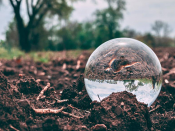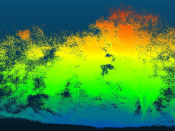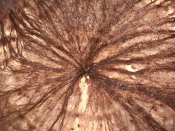Por Lília Perfeito (LIP).
In the same way that populations of organisms compete for scant resources, memes, or ideas also compete for our attention span. In fact, that is the origin of the word meme as a counterpart to the gene. Here, we bring back that analogy and try to make sense of how information spreads on social media. Our case-study is Twitter because the platform used to grant access to its full database of public tweets.
On Twitter, short messages (tweets) can be copied (re-tweeted) several times giving rise to long cascades. These cascades are not evenly distributed. In fact, they have been shown to have a power-law tail, whereby there are a few, very large cascades, while the large majority of tweets are not retweeted at all. We extracted a set of tweets about Covid-19 in four different languages and grouped identical tweets; we call these groups cascades. We then fitted a simple model of cascade growth. We further introduce the concept of Twitter time, a “relativistic” measure that uses as reference user activity (more in some times of day than in others) and smooths activity over daily periods.
We developed a quantitative evolutionary model for how these cascades grow. With it, we show that the underlying social network is not necessary to explain the observed distribution of cascade sizes. Moreover, we find that a single model with a single distribution of popularity is capable of capturing most of the variation across very different content and user networks.
This work exemplifies how we can adapt models originally designed for physical or biological processes to study social phenomena.
Transmissão via Zoom (pw: LIPSeminar)










